What’s New in the 2025 ASA/ANSI S3.6 Audiometer Standard?
According to the National Institute of Health (NIH), approximately 15% of American adults (37.5 million) aged 18 and over report some trouble hearing, about one…
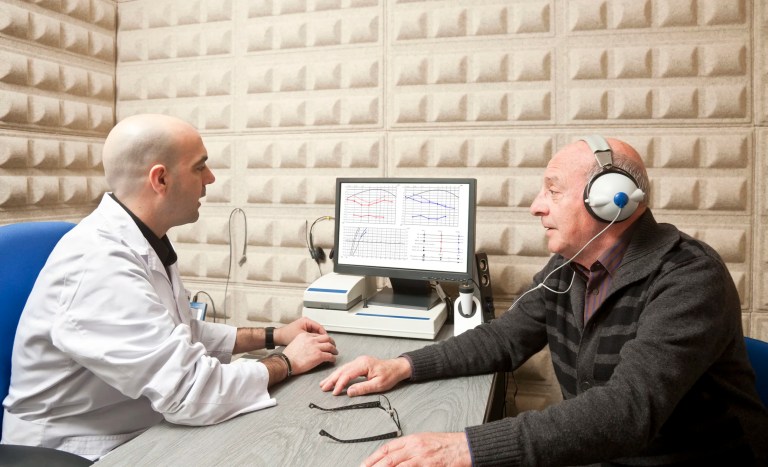
According to the National Institute of Health (NIH), approximately 15% of American adults (37.5 million) aged 18 and over report some trouble hearing, about one…

If you have received a vaccine, injection, or implant, you can thank the horseshoe crab (Limulus polyphemus) because chances are that medical procedure or product…
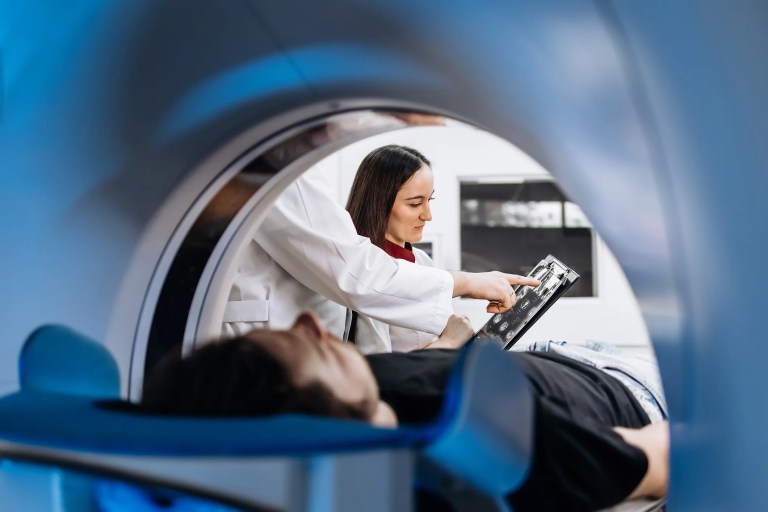
MRI’s history traces back to the 1930s with Isidor Rabi’s discovery of nuclear magnetic resonance, which demonstrated that atoms could emit radio waves in a magnetic…
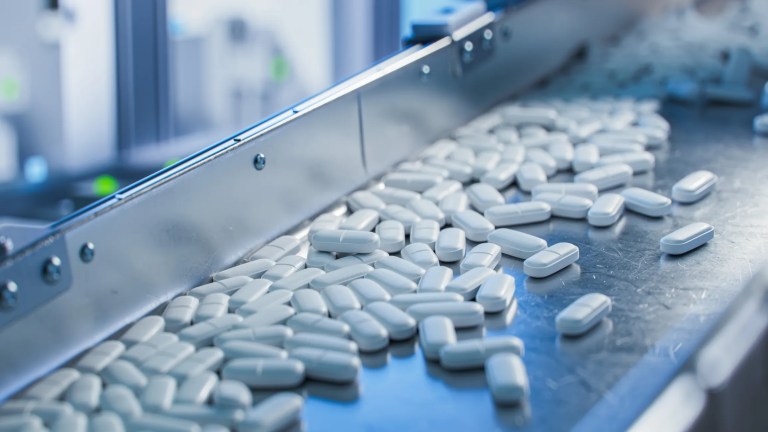
What Are Pharmaceutical Excipients in NSF/IPEC/ANSI 363? Pharmaceutical excipients are essential to the safety, quality, and efficacy of drug products, as they impact a variety…
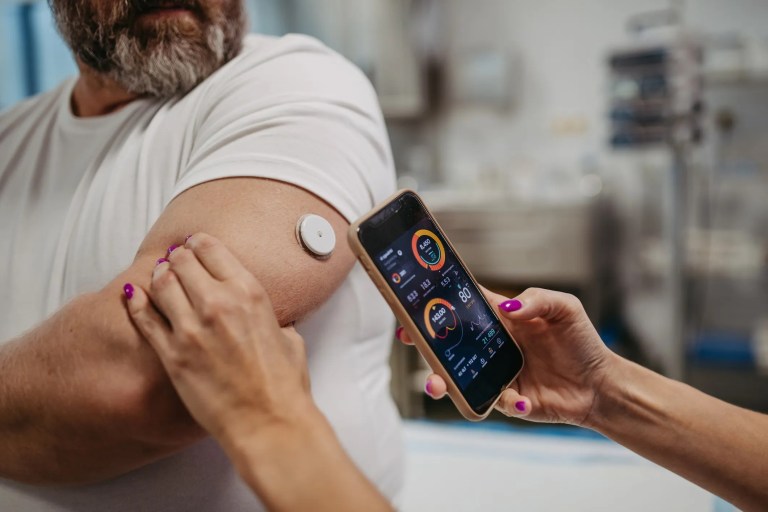
A growing number of people with diabetes are turning to wireless diabetes devices to monitor and manage their condition in an automated fashion. As diabetes…
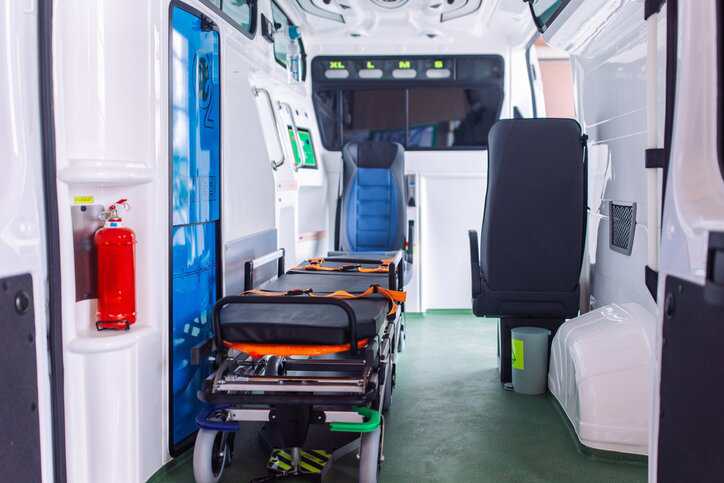
The U.S. healthcare transportation market was valued at $21.82 billion in 2017 and is projected to grow to $31.51 billion globally by 2026. This growth…
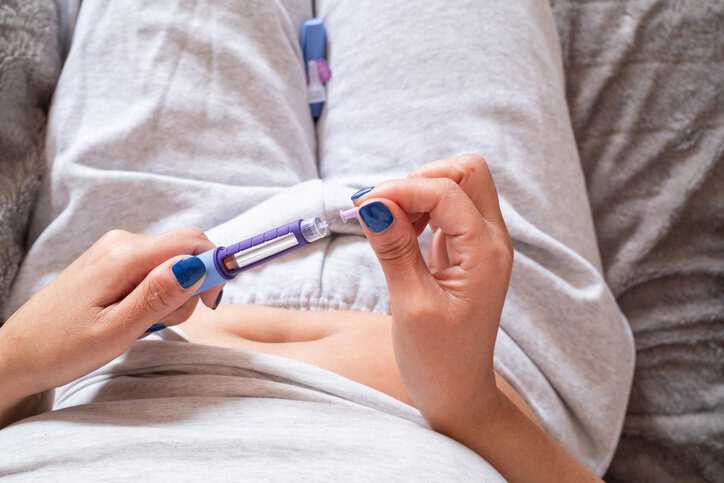
Although GLP-1 drugs have been around for years, they have recently been making headlines due to a rise in popularity as weight loss agents. Approximately…
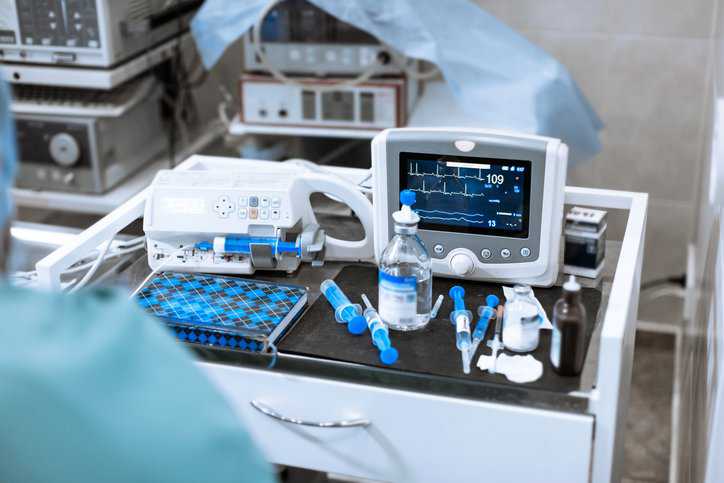
Symbols on medical devices are crucial for patient safety, regulatory compliance, and effective communication, allowing for clear and concise information across different languages and cultures. ISO…
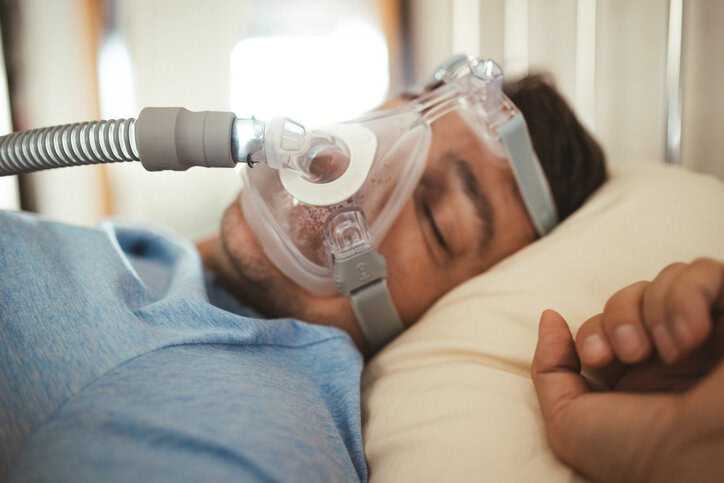
Sleep apnea is more common than you may think. The National Sleep Foundation reported that sleep apnea likely affects as much as 20% of the population,…